The blast near Red Fort on Monday during the rush hour in old Delhi has shattered the sense of calm and introduced insecurity in the minds of a generation that has grown up without having to look for an abandoned suitcase or an unclaimed bag lying innocuously in a public place. We don’t quite understand the value of that reassurance until it’s taken away.
Terror is no longer a distant threat festering in the mountains and valleys of Kashmir. The high-intensity explosion in a crowded neighbourhood in India’s capital has brought home the reality of India’s security challenges in a tough neighbourhood.
But it isn’t just the enemy at the gates. It’s also the enemy within. The busting of the Faridabad terror module and the blast itself involving highly qualified medical practitioners, doctors who have taken the sacred Hippocratic Oath to heal, not to kill, points to the doctrinal link between violence and ideology that no amount of education or metronomic existence may address or cure.
We can either confront the reality that fundamentalist interpretations are a theologically congruous expression of Islamism that eventually leads to such an outcome or pretend that the problem doesn’t exist and look for duplicitous narratives that victim-shame Hindus for pointing out the obvious or justify terror through sheer intellectual debauchery.
It is an old affliction that eats away at the heart of the body politic, protected by a self-harming political correctness of the lily-livered elites and the conspiracy of silence from fellow Muslims. How many of those who were raising their voice for Palestine are condemning the terror attack in New Delhi without equivocation? Voices such as Arshia Malik are exceptionally rare.
No, you sick soul, we need accountability not white washing the terror, intellectualising the violence and virtue signalling with a token comment about Islamic radicalism and hijack of the "Noble" religion.
— Arshia Malik (@arshiaunis) November 12, 2025
We need a mass protest by secular, liberal, so-called moderate, lapsed,… pic.twitter.com/LyWV5AhTMr
Quick Reads
View AllWhat an incident like this does, however, is erode the collective sense of safety, forcing people to look over their shoulders. Next time you slow down near the red light at rush hour traffic, that anxiety may keep gnawing at the back of your head.
It matters that the deadliest blast in India’s capital happened 14 years ago in 2011 when 15 people were killed and 100 injured when a briefcase exploded at the gates of a local court. It is a testament to the strength of India’s intelligence apparatus and a capable counter-terrorism infrastructure that terror incidents — especially of the Islamist radicalism kind — that were almost normalised in the two eventful decades of 1990s and the turn of the millennium have become rarer.
Success, not a failure
Since January 2025, India’s security agencies have foiled at least 13 terror plots and eight possible incidents in the last 30 days. So, my first point is a counterintuitive one. Losing even one life is one too many, and we have lost several along with the shattering of the sense of security, but the New Delhi blast is a measure of Indian security agencies’ success. By all indications, it was accidental, and aggressive pursuit of the terror module has helped us avoid a much, much bigger tragedy.
I say this primarily because ongoing investigation reveals that the suspected perpetrator of the New Delhi blast, a Pulwama-based doctor named Umar Mohammad (alias Umar Nabi), panicked when the Faridabad raids began and his co-conspirators were caught and while commuting, he either accidentally detonated a bomb that wasn’t fully equipped with lethal capabilities such as shrapnel or metal balls, or prematurely detonated the explosive without getting the requisite time to target strategic locations.
The full gamut of the details is yet to be revealed, but the information that has trickled onto the public domain indicates a massive plot involving sophisticated weaponry and nearly 2,900 kg of explosives and IED-making materials amassed by doctors Muzammil Ahmad Ganai, Adil Ahmad Rather and Shaheen Shahid.
These suspects, by dint of their roles as academic professionals and medical practitioners, allegedly exploited encrypted channels for communication, indoctrination, funds disbursal and logistics for a complex, multi-city operation that planned to target, according to media reports, “multiple landmarks in central Delhi, including Red Fort, India Gate, Constitution Club, and the Gauri Shankar Temple. Investigators believe over 200 IEDs were being prepared for use not only in Delhi but also in Gurugram and Faridabad.”
Investigators believe the network, an “inter-state and transnational terror module” reportedly associated with proscribed organisations Jaish-e-Mohammed (JeM) and Ansar Ghazwat-ul-Hind (AGuH) — an offshoot of Al-Qaeda — was in touch with handlers in Pakistan and other countries, and the fundraising was done through professional and even academic networks under the pretext of social, educational, and charitable causes.
Put simply, if their plan was successfully executed, we would have suffered possibly one of the worst terror attacks on Indian soil surpassing the tragedy of 26/11 attacks. That ultimately it did not take place owes in no small measure to effective intelligence gathering and timely inter-agency coordination between the Jammu and Kashmir Police, the Haryana Police, the Uttar Pradesh Police, and central intelligence agencies such as Intelligence Bureau and the National Investigation Agency.
Along with the dismantling of the terror module, latest media reports note that Jammu and Kashmir police are conducting a comprehensive counter-terror sweep across Kashmir, raiding 200 locations in Kulgam, over 30 in Sopore, and “multiple locations” in Ganderbal and Awantipora, apart from 400 cordon and search operations. They have rounded up over 500 individuals for questioning.
The ever-present threat of terror
It leads to my second point that despite advancement in India’s counterterrorism capabilities and better inter-agency cooperation, the threat of terror looms large, and the agencies are locked in a cat and mouse game of identifying and neutralizing plots before execution. According to data from South Asia Terrorist Portal (SATP) updated till April 2025, “from December 2024 onwards, Pakistan army and ISI activated their entire terror machinery” across the length and breadth of Kashmir Valley from “Gurez, Uri and Keran sectors in Valley to Bhimber Gali, Poonch, Krishna Ghati and Samba in Jammu”.
Altogether “over 167 terrorists were present in launch pads across the border, armed and ready to enter. In January, February and March too, over 120 terrorists each were present across the border, and they had orders to carry out regular shooting incidents, BAT attacks and IED blasts”.
To meet this challenge, and its proliferation into white collar avenues involving educated professionals who exploit institutional support, Indian security agencies must rely on constant evolution and technological innovation leading to incorporation of AI-driven data analytics, risk assessment tools, social media analysis, facial recognition, and algorithms to sift through terabytes of surveillance and financial transaction data.
The number of educated professionals involved in the Faridabad plot or the ricin poison terror plot busted by Gujarat ATS — a lethal biochemical weapon that was being readied to be used in a mass scale attack — point to terror thriving in urban, educated spaces. It calls for a fundamentally different approach since traditional surveillance focused on physical infiltration points and known militant hideouts proves inadequate against professionals operating in universities, hospitals, and corporate offices.
According to Lieutenant General Syed Ata Hasnain (Retd) in Indian Express, “equally vital is the human factor: Citizen participation. Intelligence gathering thrives on public cooperation. Every vigilant commuter, shopkeeper or neighbour is an essential node in the national-security grid. A terror network can be overwhelmed only when the source network — the information ecosystem of alert, aware citizens — stays motivated and expansive.”
The curious case of the Cabinet resolution
It has been interesting to observe India’s official response to the New Delhi blast. Though police registered FIRs under UAPA and Explosives Act, provisions associated with acts of terrorism, it took the Indian establishment two days before the explosion was identified as a “terror attack”. The eventual Union Cabinet resolution passed Wednesday makes for interesting reading.
It describes the explosion as a “heinous terror incident perpetrated by anti-national forces”, and while the statement “reiterates India’s unwavering commitment to a policy of zero tolerance towards terrorism in all its forms and manifestations,” the mention of any foreign actor is absent.
The decision to identify the perpetrators as “anti-nationals”, the interpretation of the explosion as “terror incident”, not “attack”, and the lack of mention of any foreign sponsor, serve to indicate that India does not consider this to be a Pakistan state-sponsored terror attack.
There might be two reasons for such a decision. One, the probe by security agencies has revealed the plot to be a home grown one. It might have been facilitated by some foreign actors, as some ‘source-based’ reports have indicated, but the essential character of the terror attack is internal.
The second reason behind such a move could be to read down the character of the attack to prevent the triggering of India’s new policy on terror that takes a doctrinal approach to cross-border attacks and considers such provocations to be an ‘act of war’. With Operation Sindoor still not being called off, it is possible that New Delhi is not looking to be tied down to a knee-jerk response that puts a drag on public exchequer at a geopolitically fraught time.
It could be a legitimate question whether India has been able to influence Pakistan’s decision-making calculus when it comes to cross-border attacks through its doctrinal approach to terror, but it is certain that India’s leadership wants to minimize the audience cost associated with the new policy. India’s actions might therefore be interpreted as ‘cautious’, unwilling to be drawn into a reactive retaliation.
Pakistan’s adventurism
Conversely, the favourable geopolitical wind of a cozy relationship with the Trump White House, a mutual defence pact with Saudi Arabia and the passage of the 27th Constitutional Amendment, which fundamentally restructures Pakistan’s civil-military relations, grants Asim Munir unprecedented control over state institutions and expands his authority even more at home. It may lead the ‘Field Marshal’ into an expansive adventurism to test the boundaries of India’s new terror policy.
Munir might calculate that India, pushed into a corner due to an uncomfortable relationship with the United States and suffering under the yoke of Trump’s tariffs, may choose not to implement the policy as a deterrent. It might lead Pakistan to create more mischief in the near future.
Already, Islamabad’s intensifying relationship with a Bangladeshi regime increasingly antagonistic to India presents a two-front threat to New Delhi. Journalist Rahul Pandita recently posted on X (formerly Twitter), citing police sources, that “in the past few months several Kashmiri students studying in Bangladeshi medical colleges have been approached by Pakistan’s ISI. A close watch is being kept. There are approximately 8K students from Jammu and Kashmir in Bangladesh”.
Pakistan might be emboldened to use Bangladesh as its proxy to test India’s resilience while maintaining plausible deniability. Altogether, the New Delhi blast and the Faridabad terror module indicate an uncomfortable time for India in terms of internal stability and regional security matrix. The Indian leadership must weigh its options.
(The views expressed in the above piece are personal and solely those of the author. They do not necessarily reflect Firstpost’s views.)


)

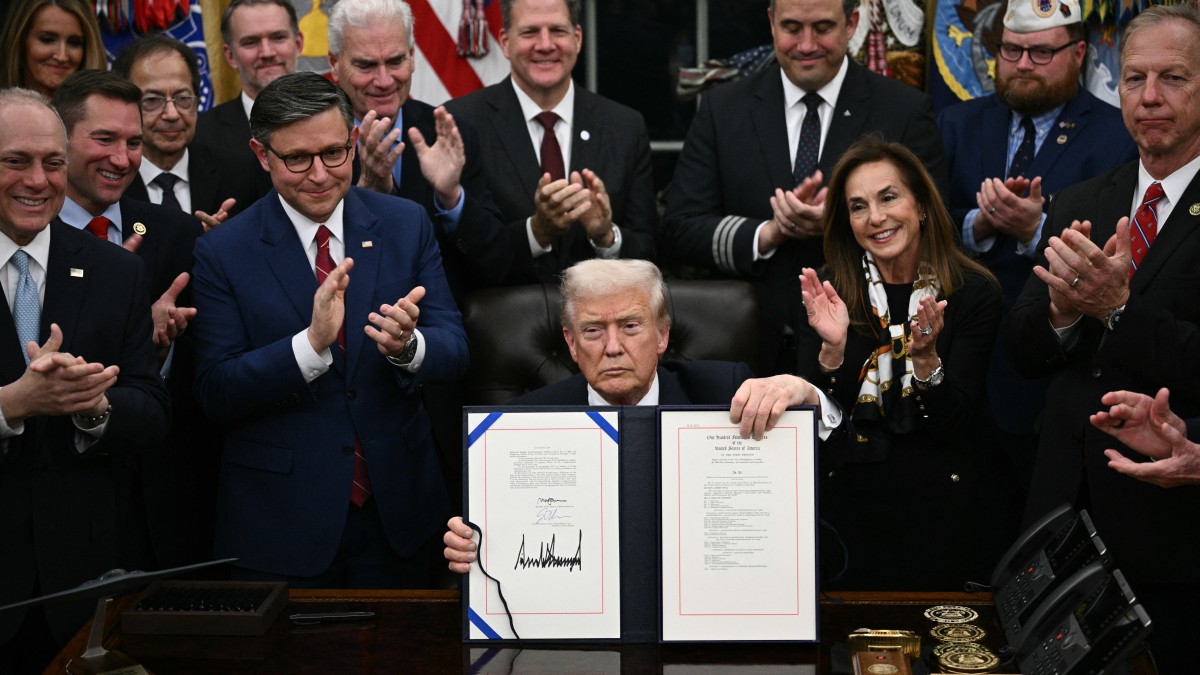)
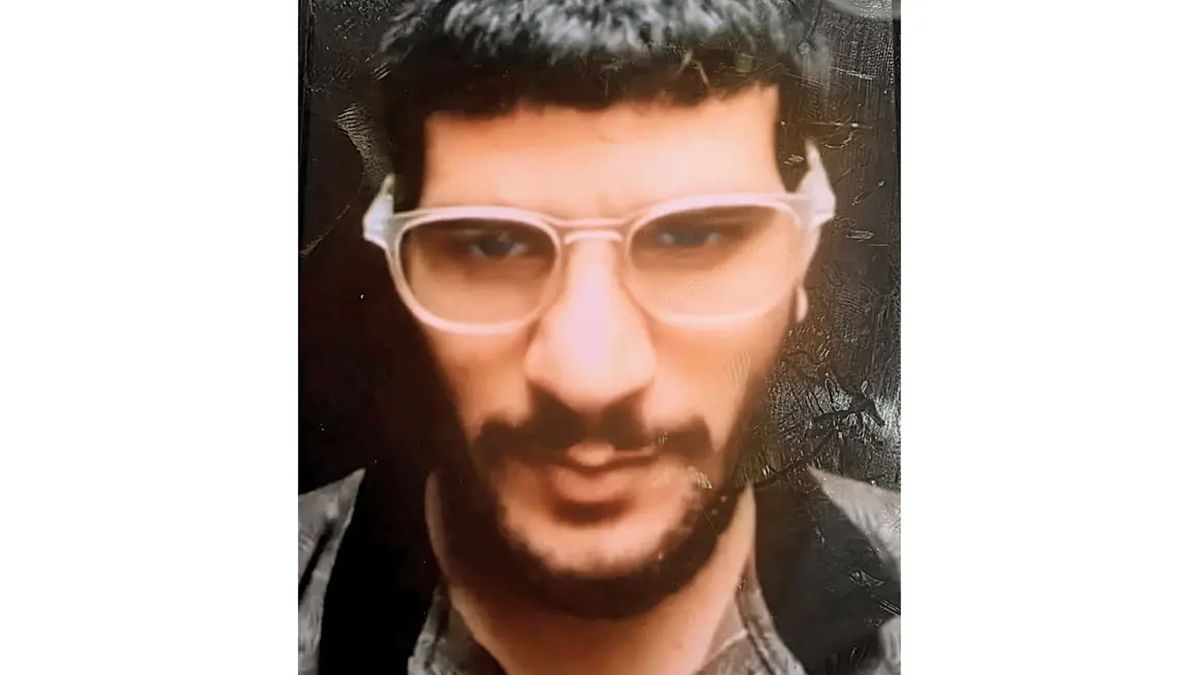)
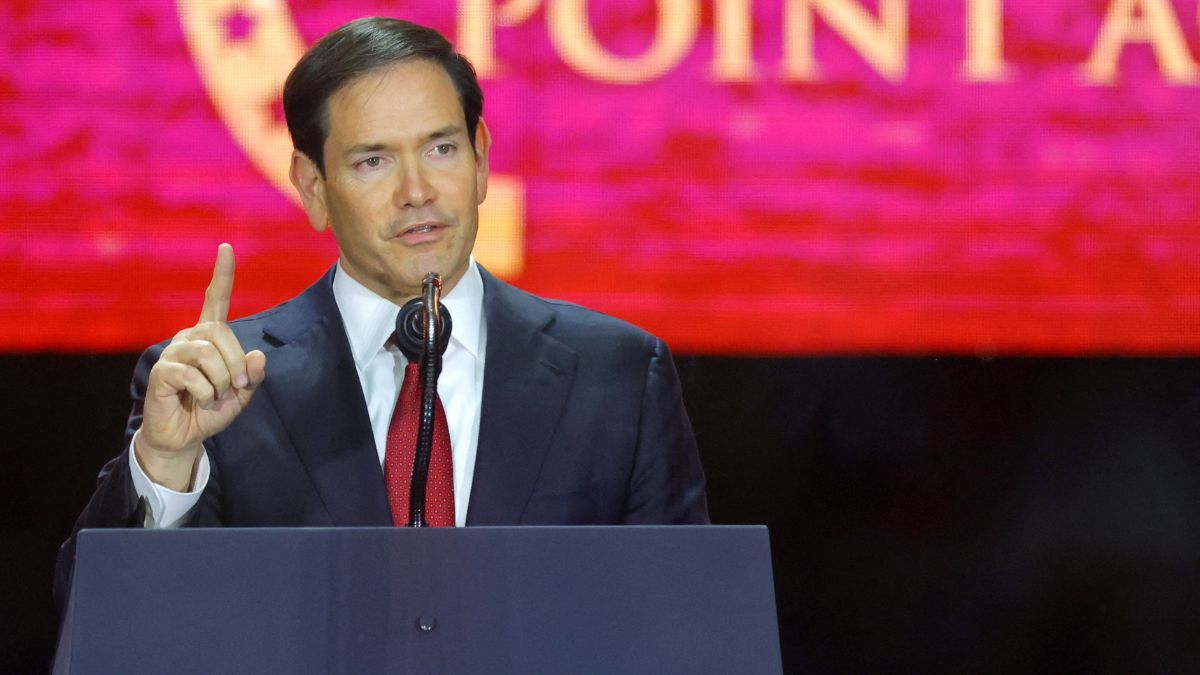)
)
)
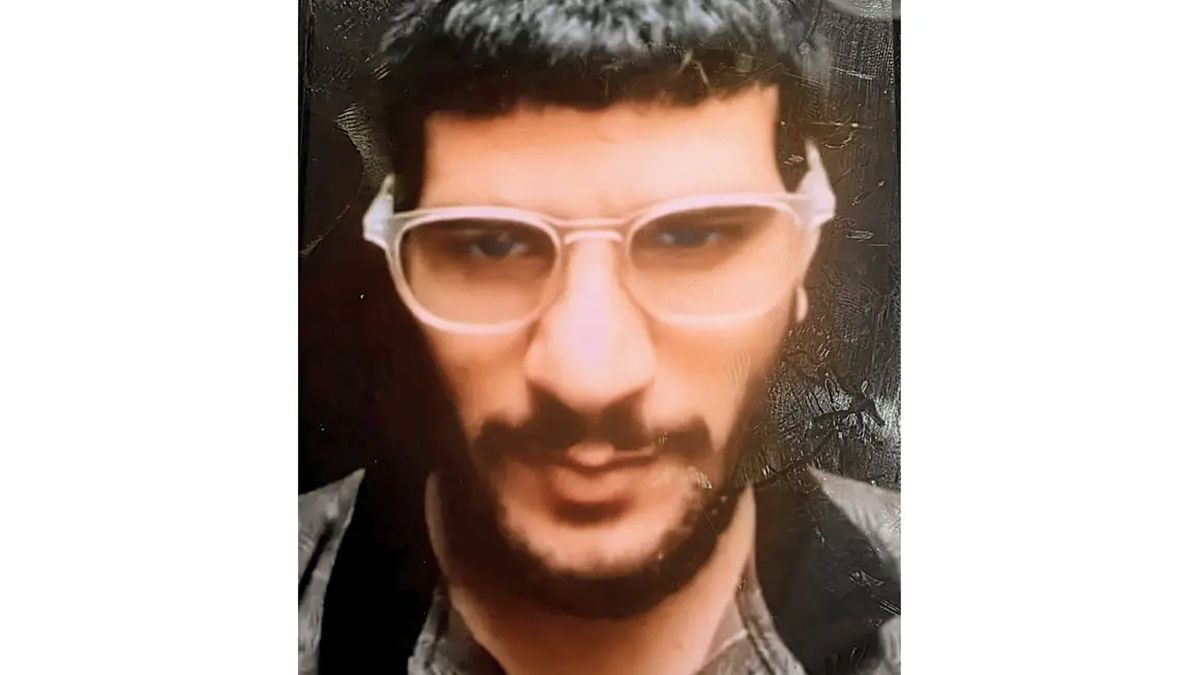)
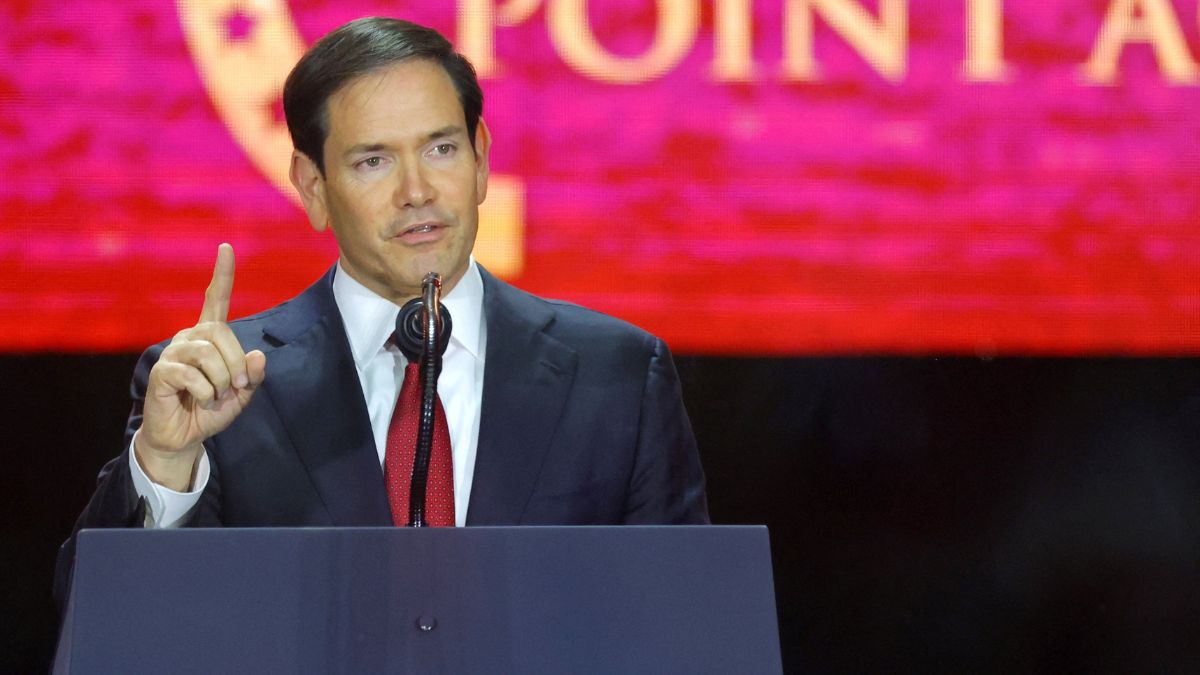)
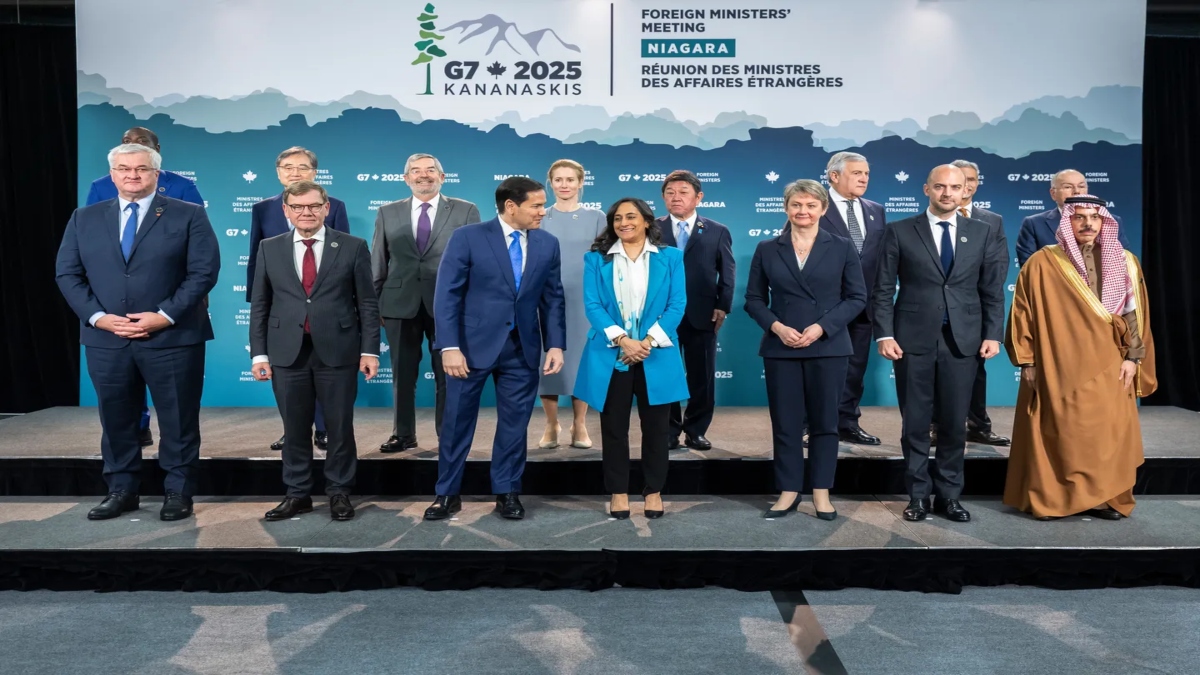)



